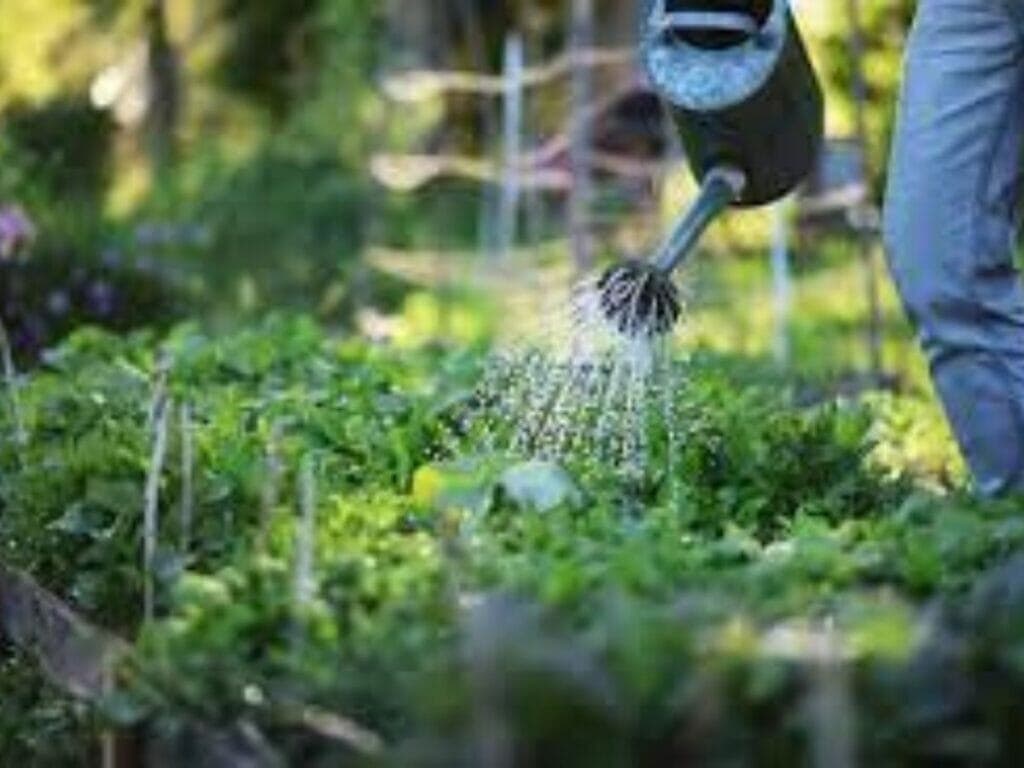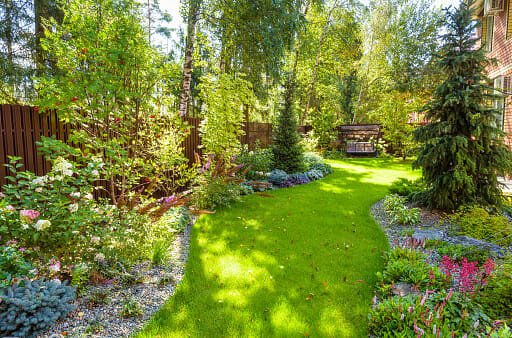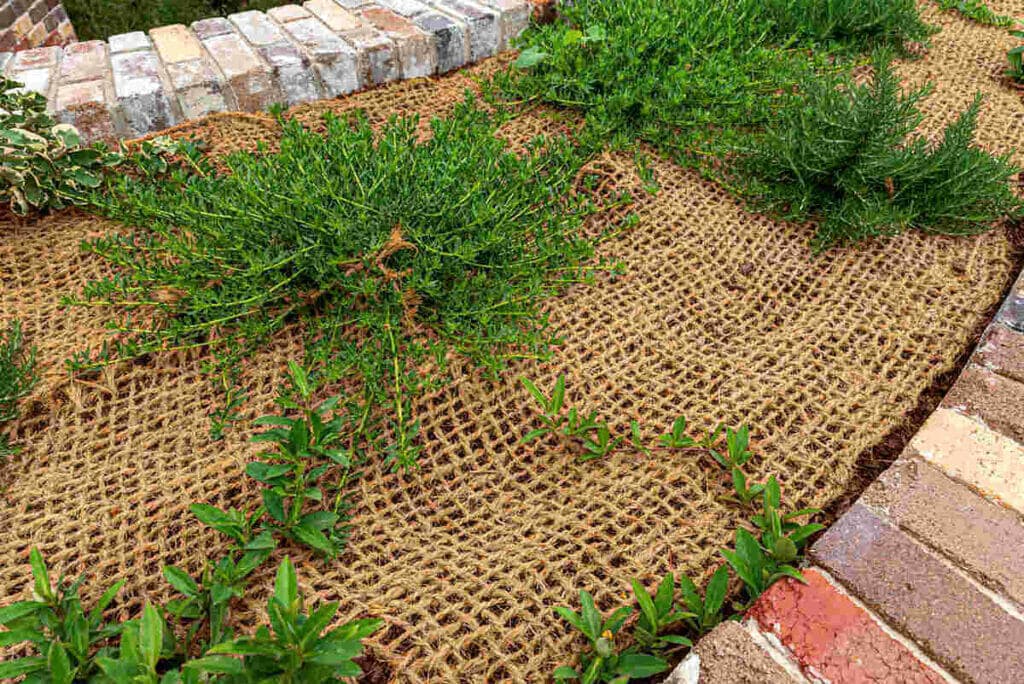There are many ways to get started, and some are much easier than others. If you want to make a garden, the easiest method is to attract beneficial insects. Using insects to control weeds is a free and easy way to ensure the health of your plants. Another way to prevent weeds is to use a manual weed killer. You can also use a barrier of woodchips, cardboard, or black plastic to choke out weeds. Alternatively, you can also use goats, which will eat heavy vegetation and return nutrients to the soil.
What’s the simplest way to get started with your garden
Container gardening is a great way to get started, but you should be sure to find a container that is deep enough for the roots of the plants you want to grow. The best containers are those that are at least 5 gallons deep. Raised beds are also a great option, and can be made out of various materials. If you’re a novice gardener, you may want to avoid treated materials because they can leach chemicals into the soil.
First, plan out what types of plants you want to grow. You can choose from flowers, herbs, or vegetables. You should consider your area, climate, and taste before deciding which plants to grow. After that, you’ll need to consider the size and location of the space you’ll use for the garden.
If you’re a beginner, try to start with easy-to-grow vegetables and herbs. Choose varieties that you enjoy and that are easily available at your local grocery store. Some veggies, such as tomatillos, are better grown at home. Herbs and spices you can grow yourself are usually cheaper than those you can buy in the grocery store.
Once you’ve got your plants planted, you can use compost as a natural fertilizer. You can buy mushroom compost or composted cow manure at garden centers. You can also find these materials in bulk from local landscape suppliers, municipal waste centers, and even online. Compost also encourages weed seeds to grow. It will also make the soil more workable.
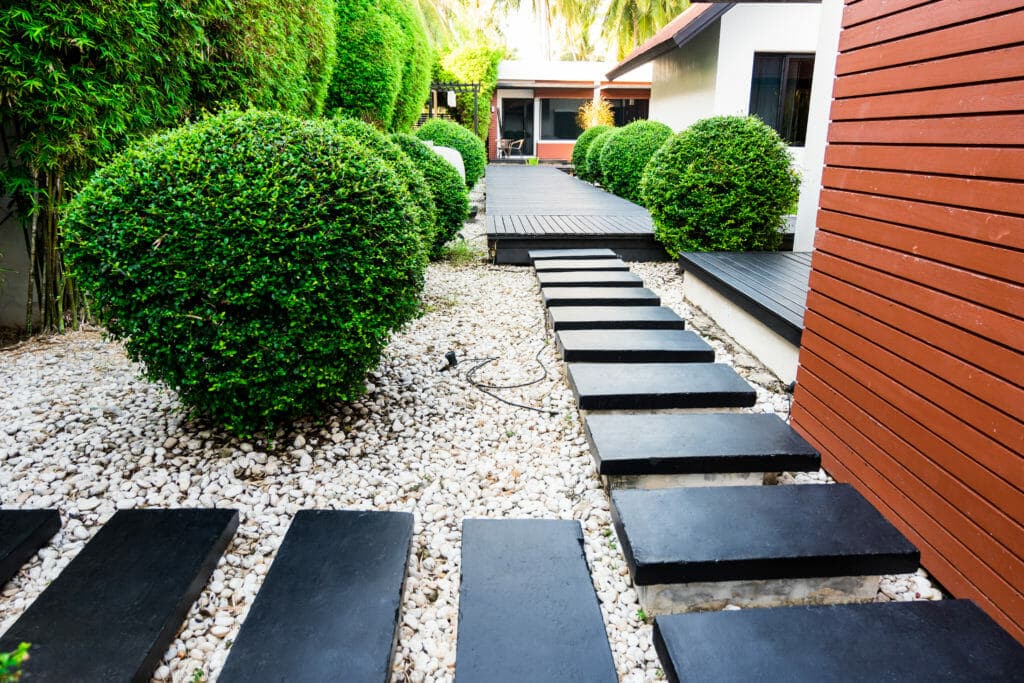
How do you do a simple landscape?
Landscape design for beginners can be tricky. The key is to be patient, especially when planning the layout of your yard. Start by deciding how much space you have to work with. You can then use temporary solutions like mulch or fast-growing groundcovers to fill in the bare spots. It is important to have a good balance of new and repetition elements in your landscape design.
Before starting your landscaping project, make a list of all the things you want in your yard. Then make sketches of your ideas. They do not need to be complete master plans, but they should give you an idea of what you want to achieve. For instance, you may want to make a welcoming entrance to your home with a simple landscape. You can also try planting varying levels of plants and creating curved borders.
When planning your landscape garden, take note of the location of your house and the sunlight and wind patterns. This will help you determine where to put your patio or feature tree, and where to place your fencing and walls. South-facing homes get the most sunlight, while north-facing houses tend to be cooler, so be sure to plan accordingly.
One of the first things people will notice about your landscape is the lawn. This is why it is important to choose grass that is lush and green. Luckily, it’s relatively easy to maintain picture-perfect lawn. It is also important to choose plants that complement each other, which is called companion planting. For instance, sunflowers enhance the beauty of your landscape, while inhibiting the growth of neighboring plants. Pruning your lawn is also essential to keep it in shape.

What are the seven 7 principles of landscape design?
A professional landscape designer follows seven basic principles when creating a landscape. These principles include order, balance, repetition, unity, and emphasis. They also take into account the use of sound and fragrance. In addition, they aim to create an environment that is simple yet beautiful. These principles can help you create an appealing landscape, whether you’re creating a home or a business.
Formal balance is important in a landscape, as it gives the landscape symmetry. However, asymmetrical balance can also create a visually pleasing environment. This balance is achieved through repetition of elements. In addition, repetition helps create a sense of continuity in the design, and it also leads the eye through the space.
Objects that draw the eye are known as focal points. A focal point can be anything that catches the attention of the viewer. It could be a swing seat, a water feature, or a front door. The placement of the focal point will depend on the available space.
One of the seven principles of landscape design is the organization of different areas of a landscape. This can be achieved through color, form, or texture. Adding too many elements can overwhelm a landscape and take away from its overall effect. A simple, uncluttered landscape design is also easier to maintain.
Where do I start when making a garden?
If you are a beginner, the best place to start is a small patch of land that’s at least fifteen feet by thirty feet. This will give you enough space for four raised beds of three feet by ten feet, with paths of three to four feet around them. This will give you 120 square feet of growing space, and it will also be easier to water, weed, and harvest the produce from the beds.
Next, prepare the soil for the bed area. To do this, you’ll need to remove any grass or weeds. Pull these weeds by the roots or use a sod cutter. After removing the grass, prepare the plating area for planting. Ideally, you’ll avoid tilling the soil, which disturbs the life underneath the topsoil. No-till gardening involves applying a thick layer of compost before planting.
Before making a garden, think about what you want to grow in it. Do you plan to grow a variety of plants? If so, you can choose a variety of vegetables, fruits, and herbs. If you’re concerned with the carbon footprint of food production, you might want to try to grow most of your own food. Growing food for yourself can provide you with the independence you need.
Before planting, you should first decide on the size of the garden and the type of plants you’d like to plant. Some plants grow well together, which is called companion planting. You can find a list of compatible plants by visiting the National Sustainable Agriculture Information Service. You should also make sure to rotate your crops every year. Lastly, you should never grow the same plant in the same location.
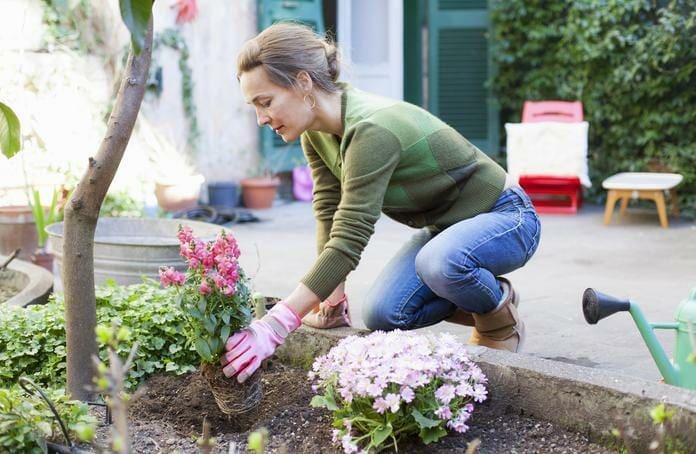
What month should you start a garden?
If you live in the Midwest, the best time to start a garden is in mid to late-April. This is when nurseries are liquidating their inventory and the weather is usually nice enough for planting. However, in the northern states, you may have to wait until May before you can plant outside.
Starting a garden in the right season is important for getting the most harvest. For vegetables, it’s best to plant in late March or early April. During this time, soil temperature and weather conditions are optimal for growing most vegetables. You can find plenty of great plants at low prices at garden centers during this time.
However, you should remember that the last frost date in your area will vary, so you should check your local forecast and consult with an experienced neighbor. There are many gardening guides and websites on the internet. You can also ask old-timers about the best time to plant in their area.
Once you have decided which season to start a garden, you should start keeping track of the weather in your area. Different plants need different weather conditions to thrive. It’s best to keep a rain gauge handy so that you can water your plants appropriately. It’s best to give your garden at least an inch of water each week.
What should I plant for beginners?
If you’re new to gardening, you may wonder “What should I plant for beginners?” Before you begin your vegetable garden, consider the type of food you plan to grow. Some vegetables require very little care, but others will need a little extra attention. For beginners, it may be best to stick to vegetables like tomatoes or peppers that can provide you with a steady supply of produce throughout the growing season. These plants also require decent water and plenty of sun.
There are many seed catalogs available, and many seed companies will send you a free one. Many of them have lots of advice on growing vegetables, as well as wonderful color pictures. One of my favorites is Johnny’s Selected Seeds, which has a free garden planning guide and 10 easy crops. This catalog also includes lots of great cooking ideas!

